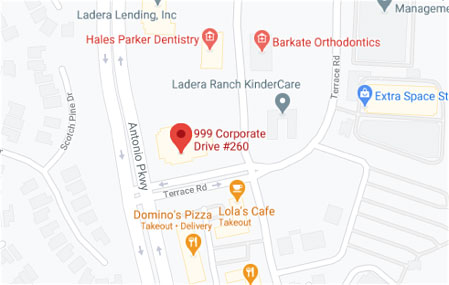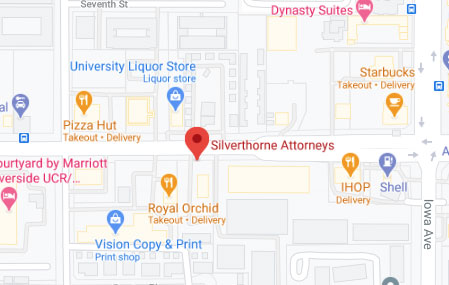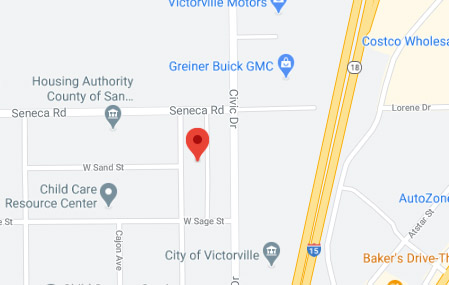Burn injuries can happen in multiple places, anywhere there are hot liquids, gases, smoke and flame. Though people don’t often associate their vehicles with burn injury risks, a vehicular collision can easily lead to a fire-related injury.
Statistical Overview
According to the National Fire Protection Association (NFPA), fire departments responded to a little over 152,000 automobile fires per year between 2006 and 2010. Along with hundreds of millions of dollars in property damage, these fires also lead to hundreds of deaths and injuries annually.
Fatalities
Certain kinds of automobile fires lead to a disproportionately high number of deaths. on highways, for instance, vehicular accidents contributed to roughly 4% of automobile fires. However, these were the source of a disproportionate percentage of deaths. for instance about 60% of all deaths by automobile fires on highways stem from accidents. Similarly, while only 2% of automobile fires start in fuel tanks or fuel lines, these kinds of fires account for 15% of the fatalities.
Responding to an Automobile Fire
The NFPA estimates that about two thirds of automobile fires result from some kind of malfunctioning in the vehicle, including electrical failures. In addition to facing fire danger from a vehicular accident, you need to consider the greater danger posed by a poorly maintained vehicle.
How to Respond to a Car Fire
- First off, focus on prevention and vigilance. Get your car checked ASAP if you’re experiencing potentially serious problems. Problems such as oil leaks and fuses that blow out repeatedly. Perform regular maintenance on your vehicle to repair problems with the electrical and fuel system. Make sure all your vehicle’s components are in place; for instance, the oil cap should always be screwed on properly.
- If a fire is underway, get yourself to the side of the road as soon as you can and turn off the engine. Your top priority is to get yourself and your passengers out of the car quickly, get away from the car, and summon help.
- It isn’t a good idea to try to put out car fires on your own. There may be some exceptions for very minor interior fires; for instance, if a cigarette fell on the upholstery, resulting in a few small flames, you could attempt to use a fire extinguisher on them if you have one on hand and know how to use it quickly and effectively. But the safest thing you can do is summon emergency help immediately. Don’t underestimate how quickly a fire can spread, even from the interior of the car.
- Don’t lift the hood to investigate what’s going on; the sudden rush of oxygen can turn what might be a small fire into a huge one.
- Don’t stand next to the vehicle; the NFPA recommends getting at least 100 feet away from it. As it burns, it could release toxic fumes, which are a potent source of fire-related injury and death. Furthermore, although vehicles don’t often experience explosions from fires, there’s still a chance; this could put you and your passengers in the path of intense flame, heat and flying automobile parts.
- As you wait for emergency personnel to arrive, try to warn other people in the vicinity about your car, whether they’re pedestrians or other drivers. (However, don’t endanger yourself by stepping into traffic to try and keep other drivers away.)
Suffering from Injuries? Contact an Injury Attorney at Silverthorne Attorneys Today!
After an automobile fire, you may need to contact an experienced burn injury attorney for advice and assistance. If you’re facing insurance difficulties, or the fire was a result of another person’s negligence, you’ll need a legal advocate to help you fight for the means to care for yourself and cope with any losses.












